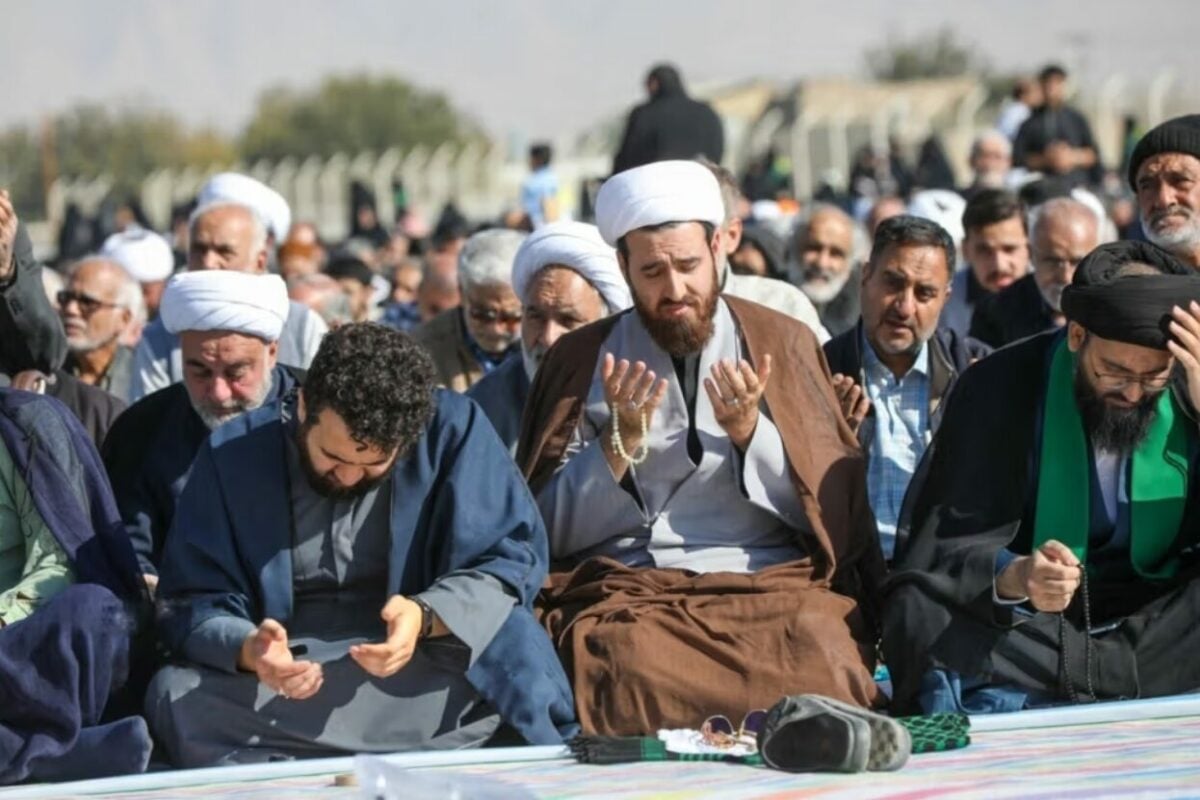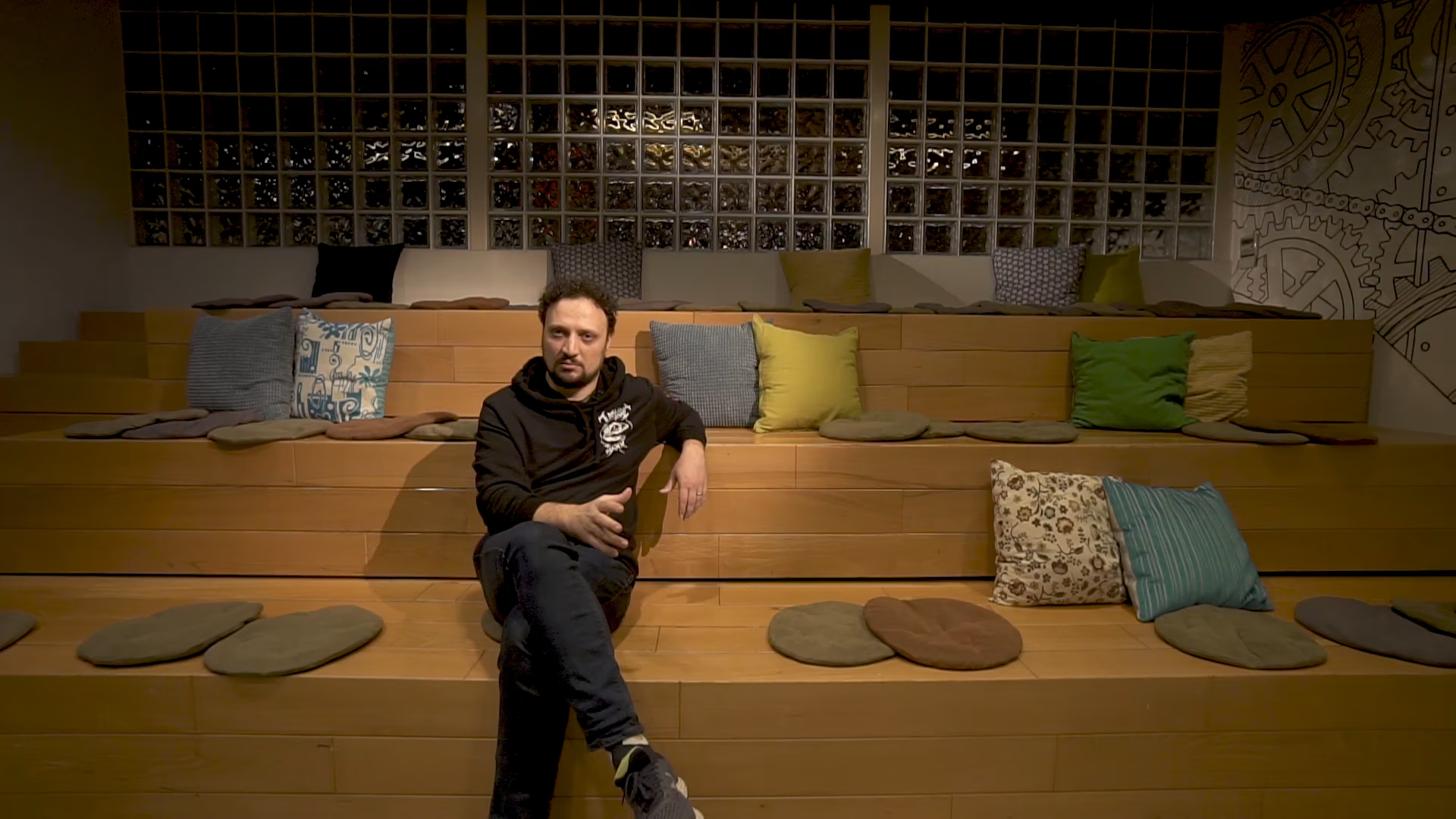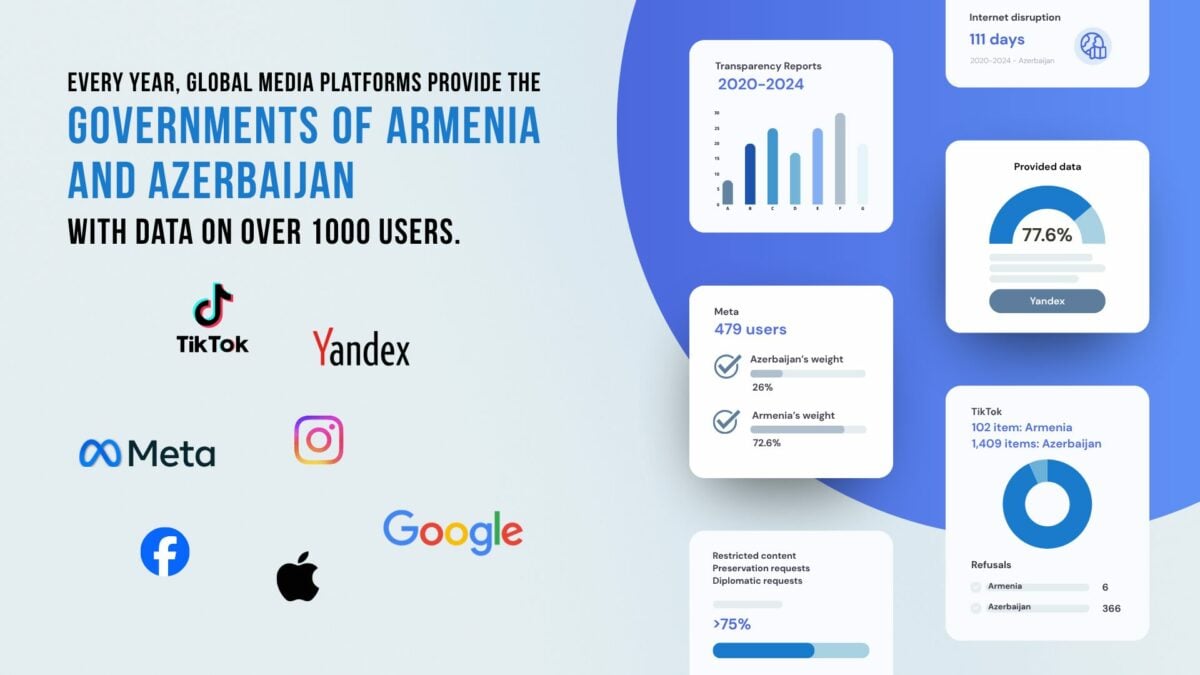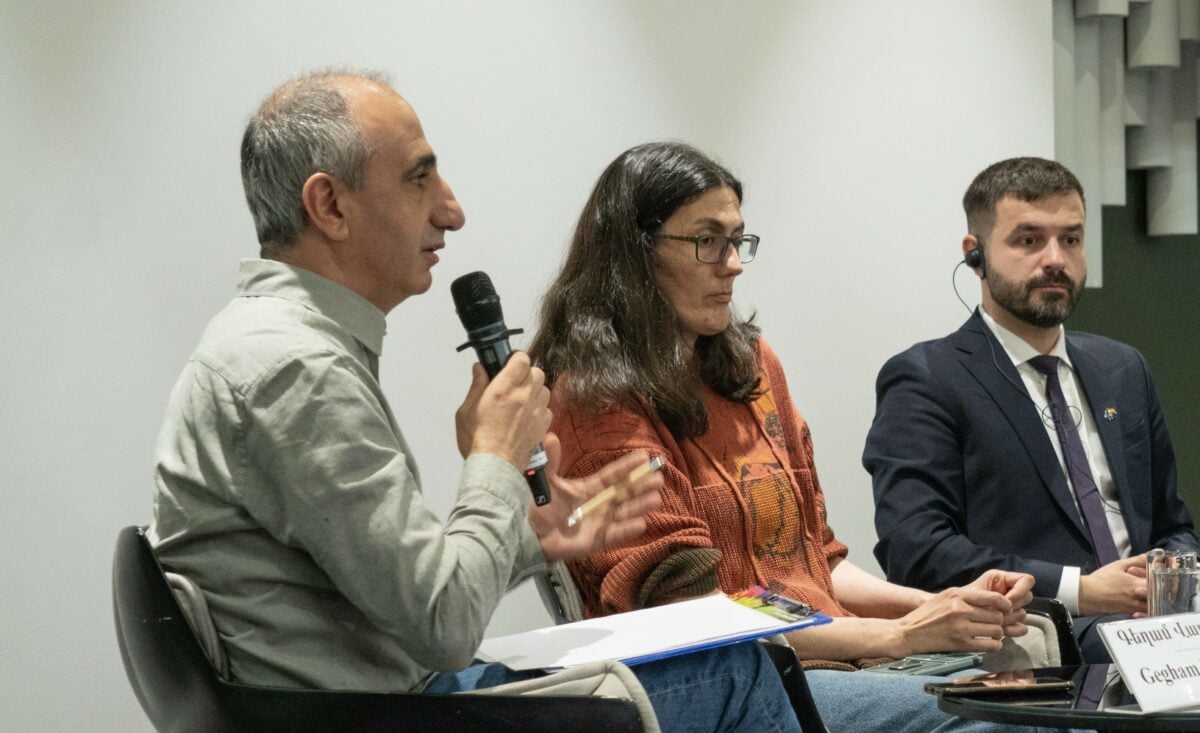The Take a Step, Reject Serzh series of protests, starting off as a small initiative, turned into massive rallies and marches, which continue in the streets of Yerevan in the form of “organized chaos.”
The dissemination of information on the movement is networked and public, despite those preventative methods, which are based on either clear vertical pressure (uniformed police officers), or in a disguised working style (those authorities or people who are given the authority with unwritten orders to use force, who are in civilian clothing).
Arsen Kharatyan, an activist in the movement and the editor-in-chief of AliQ Media, knows a lot about the calls made for disobedience, about disseminating those calls and making them attractive to the public.
He considers it to be a priority to involve the youth and those who are in the social network bubble in the movement.
Is main tool for spreading information about the protests the internet?
Of course, the internet is of great importance when trying to raise public awareness. Especially when there is a need to respond quickly, like, for example the events which took place on the evening of April 18, when after the rally, some obscure, beastly people began wrecking street lights and benches.
Although we directly called on participants not to stay in the French Square, it turned out that communication via a microphone was not enough.
You always have to take into account the factor that movements take place when the process already depends not on one person rather, it continues of its own accord.
And yes, the first precondition for that is the internet, which we are very dependent on.
But the issue of making a decision on the spot is no less important, especially when the people who are making the decisions are not in the area, someone needs to take the initiative upon themselves.
When, for example, I went to the police station, where they took the detained students, I was videotaping the entire time and broadcasting it live on Facebook. In that way, our steps were circulated.
By and large, the internet leveled the playing field for the issue of sharing information. Even if your materials are not widely spread at this time, fighting against it and blocking the connection is very difficult.
Do you consider it possible to create a delusion that the participants of the movement live in a comfort zone, they see each others publications and they themselves respond to them.
Of course, we understand that our audience may be mainly composed of supporters.
In reality, we all have been living in our “information bubble” long ago. But I think that, at least in this stage, we have gotten passed that.
Ten days ago you could say that the response was very little. And it’s not just about Nikol Pashinyan’s campaign hiking across Armenia, but also about the campaigns which were organized in Yerevan (for example, collecting pension money for Serzh etc.).
Although they were covered on online platforms, they did not get widespread recognition. But now the information is spreading very quickly.
And do you have no desire to demand anything from the television companies, who are either silent or who report only pieces of information?
If there is any dissatisfaction with television coverage, then it is only with the Public Tv channel, which is paid for by our taxes and ought to cover not only state and government institutions’ but also our steps.
As for the other channels, we can speak in terms of morality (and speak for a very long time about it), but we have no legal basis to charge them. Those channels are private or partisan and pursue their own interests.
But here rises the issue of journalistic ethics. I, as a journalist and editor, have my conversation, and let those who are in the political domain, but who think that they are dealing with journalism, stay confused.
In fact, we thought about this a lot and we find it pointless to spend time on that now.
After all, television stopped being relevant long ago. The audience not only doesn’t watch television, but they also know that even if they do show something, they aren’t going to believe it.
Are you ready to face tricks of information manipulation which will be targeted to discredit the movement?
None of them are new. For example, they can show provocateurs breaking streetlights on television and say that they are supporters of our movement. Or show that they have punctured the tires of any car, and say that it was, once again, done by our supporters. Or show that Nikol Pashinyan had a two second conversation with a police officer, and that scene will circulate hundreds of times on different channels.
Of course, in some areas these manipulations might have an impact.
In any case, minor steps will be taken, and in a broader sense, they cannot discredit us because the state of affairs has changed.
Ten years ago, when the Public TV station demonized the movements of the opposition party for months on end, and there were no alternative sources of information (even cellular connections were very weak), both police officers and people in the army watched only Public TV.
And as a result, they were depending on that narrative. In closed domains, they became prisoners of that narrative.
Today, however, that information blockade is cracked, and the authorities understand that all too well. They simply have no other option. What can they do? Close YouTube and Facebook?
They can try…
Then it will turn out that we have a dictatorship worthy of Turkmenistan.
Our reality is very similar to the years of the Brezhnev stagnation, the only difference is that those speaking against the authorities are not doing so from their kitchens, but in areas that are visible to everyone.
There is no longer a need to conduct kitchen opposition. They watch TV to understand what the lies are, then come out onto the streets and via direct communication get information about what is really happening.
In 2007-2008, the opposition was forced to call out against watching Haylur, now there is no need. The problem has been solved by the Internet, and now you cannot find one person in the square that is not recording. For example at night, the light emanating from the smartphones at the rally was a demonstration of power.
And God forbid, that we will be forced to go back to declaring a state of emergency by means of limiting information.
We acknowledge, that they are fairly competent and they correctly assess the situation, and Serzh Sargsyan is a good crisis manager, but he prefers to acknowledge only what he considers desirable.
The meetings, the marches will also have gravity, attractive and tempting energy, physical traces in the city, not only online. In a word, become desirable.
Yes, they should be desirable, but not for everyone, but for those who are found in the information bubble.
During our movement we have always thought of image marks and the creation of that background of excitement.
We have painted graffiti on almost 90% of the streets in the center of Yerevan, using the hashtag #RejectSerzh, which quickly disappeared after only a few hours, by being painted over with white paint.
Our hope is the realization of the tactics adopted long ago by the Armenian Revolutionary Federation party, with ideological concentration and decentralization of activities.
This is organized chaos, and we have slowly begun to gain experience in it. If it is not achieved using the straight path, we are forced to take indirect paths.
Interview by Nune Hakhverdyan







